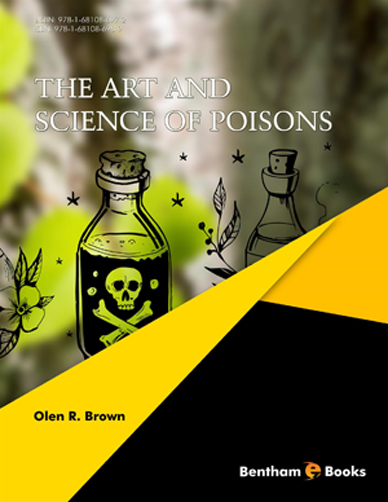Abstract
The art and history of cyanide as a poison begins innocently with the discovery of Prussian blue as a welcome addition to the palette of artists and dyers of cloth where a vivid blue was difficult to obtain and expensive. It did not take long for the dark and sinister uses of this poison to emerge and continue. A form of cyanide may have been used by the Emperor Nero to murder members of his family. It probably was added to the bayonets of soldiers of Napoleon III in the Franco-Prussian War. In World War II, unspeakable horrors were committed by the Nazis who used Zyklon B (cyanide) to commit mass murders in death camps. Near the end of that war, cyanide was used in mass suicides by the German people, and infamous Nazis, including Hitler, Eva Braun, the Goebbels, and others committed suicide with it. A small quantity of cyanide, taken internally kills almost instantly. Enough cyanide to kill could be placed in a glass capsule that could be conveniently hidden on a person’s body or even secreted in the mouth to be crushed when death by suicide was the chosen option. The mass suicide by more than 900 members of the Jim Jones cult was caused by a drink laced with cyanide.
Keywords: Arsenic, Berlin Blue, Carcinogen, Cyanide, Cytochrome a3, Demmin, Drinking Water, Gainsborough, Hitler, Hypoxia, Jim Jones, King of Poisons, Mees’ Lines, Nero, Picasso, Prussian Blue, Rhodanese, Rommel, Starbuck Strawberry Frappuccino, Third Reich, Van Gogh, WW II, Zyklon B.






















